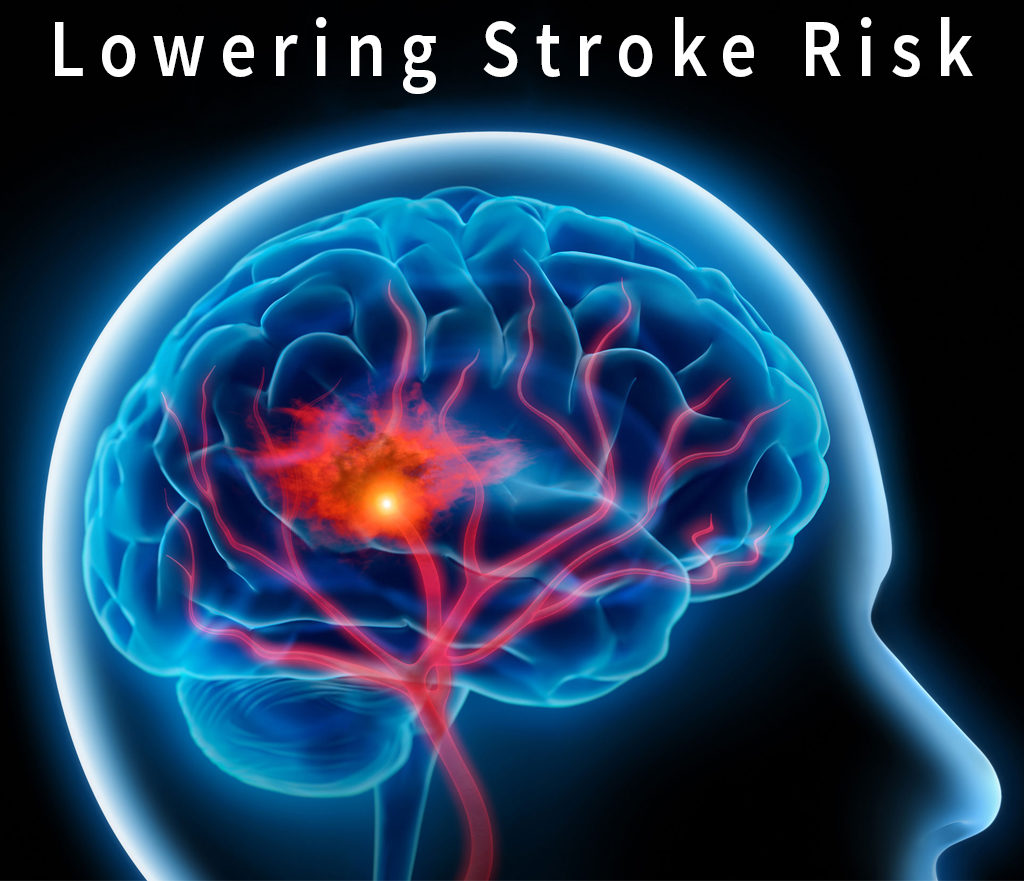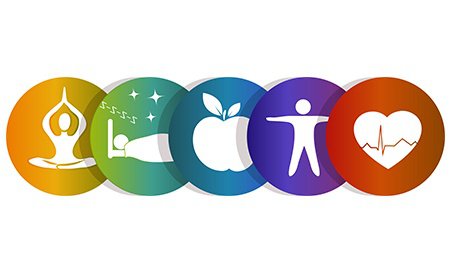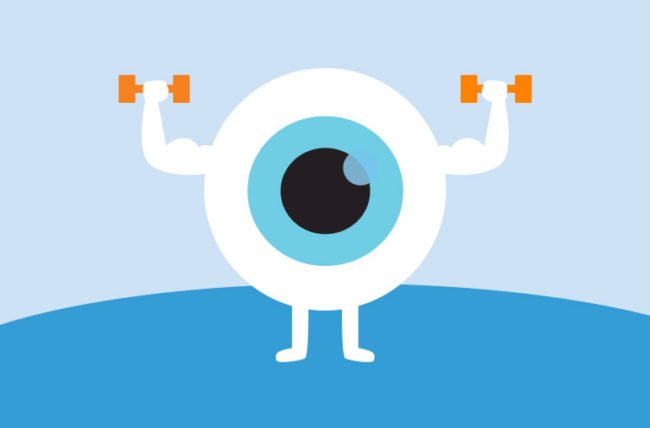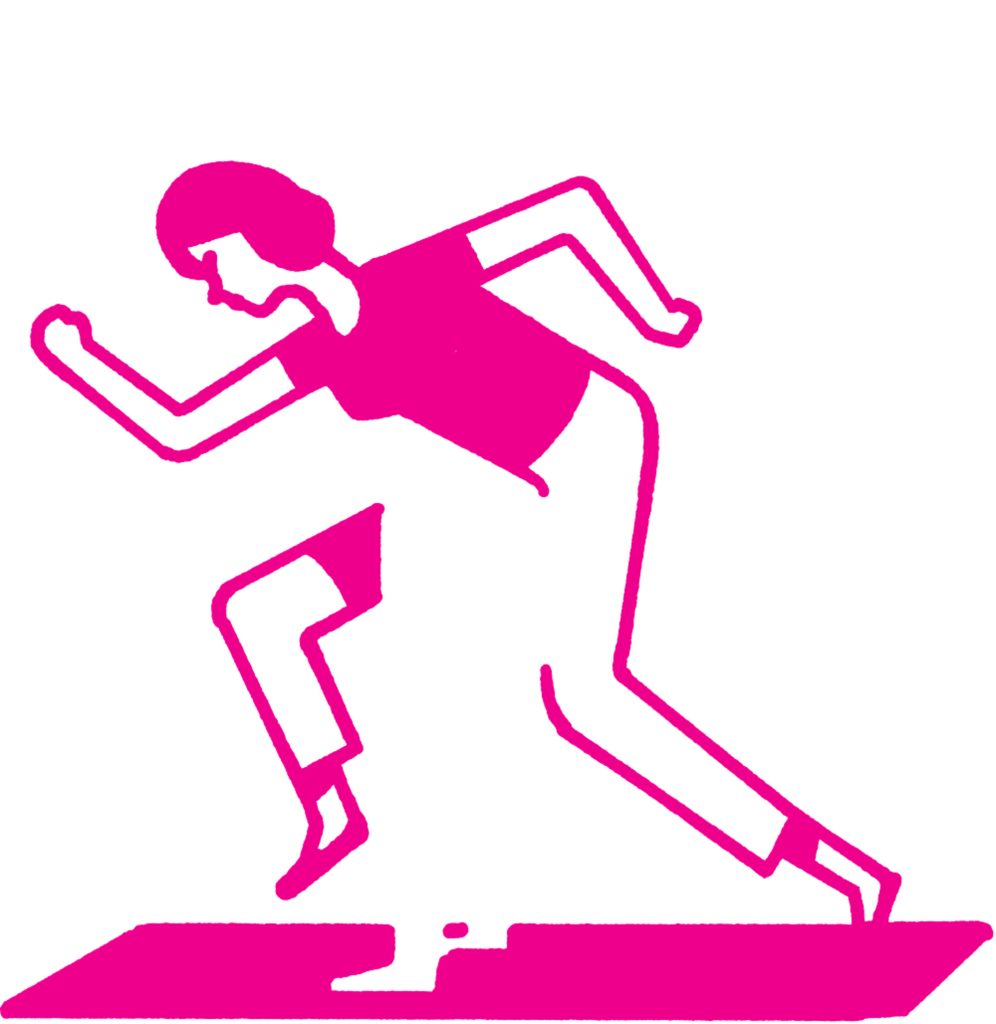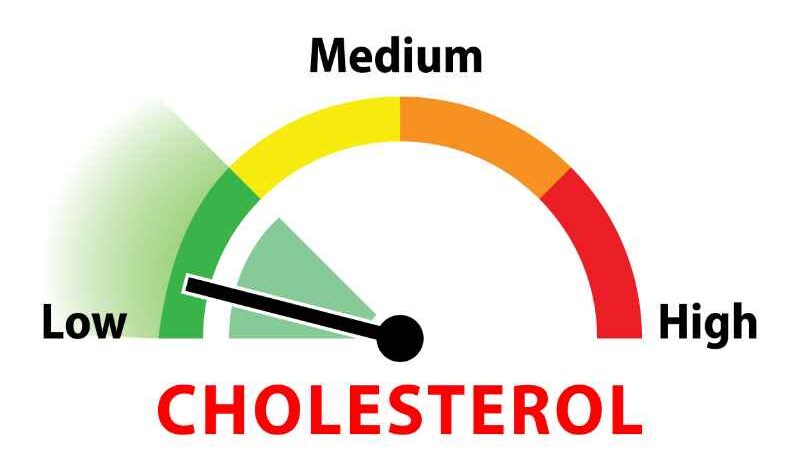Lets explore the myths about heart attack.
Several misconceptions exist regarding both cardiac failure and atrial fibrillation (AFib). Even their names can be unclear to you. Yet, you can manage either heart failure or AFib with treatment and still live a full life.
Heart failure affects 6.2 million adults in the United States. You might believe you are an expert in heart failure given how widespread it is, but let’s test your knowledge. It’s time to dispel the top five heart failure myths and misconceptions I encounter.

We’ve learned a lot about what causes heart attacks and how to avoid them during the past ten years. Yet if you don’t actively follow medical news, there’s a chance you can have misconceptions about heart disease’s risk factors or actual symptoms. Here are some widely held, false beliefs. You will have the knowledge you need to set the best course for a healthy heart with your doctor if you can replace these beliefs with facts.
MYTH 1: Those with heart problems should avoid strenuous activity.
“Being sedentary is unwise for the great majority of persons with heart disease. It may result in blood clots in the legs and a deterioration of general health “Dr. Richard T. Lee, a cardiologist and co-chief editor of the Harvard Heart Letter, adds. The heart muscle is strengthened by exercise, the blood supply to the brain and internal organs is improved, and overall health and wellbeing are enhanced.
What you can do: See your doctor about the best type and quantity of exercise for you. Most people are able to walk, and doing so regularly is excellent for your heart.
MYTH 2: You can eat anything if you take a medication to decrease your cholesterol.
There are two sources of cholesterol in the bloodstream: some is produced by the liver and some is obtained from particular foods. The amount of cholesterol produced by the liver is decreased with statins.
As a result, your blood cholesterol levels fall, resulting in less cholesterol being deposited in your arteries. If you take a statin and continue to consume meals high in saturated fat and cholesterol. The medication will not work as well as it should, and your cholesterol level may even increase.
MYTH 3: Having greater blood pressure as you age is acceptable.
Age-related increases in blood pressure are common, but just because they are “normal” doesn’t mean they are healthy for you. Age-related stiffening of arterial walls is the cause. The heart must pump harder due to stiff arteries. The result is a vicious circle.
With time, the artery walls become damaged from blood pounding against them. When the heart muscle is overused, it loses efficiency and must work more to pump blood to the body. The arteries are further harmed by this, and fat is encouraged to enter the artery walls. This is how having high blood pressure raises the possibility of having a heart attack or stroke.
MYTH 4: If you take diabetes medicine, you won’t develop heart disease.
Medication for diabetes lowers blood sugar levels. Microvascular problems (complications affecting the smaller blood vessels), such as renal disease, eyesight loss, erectile dysfunction, and nerve damage, can be avoided by maintaining normal blood sugar levels.
Yet, the big blood arteries that develop inflammation and illness and raise the risk of heart attack and stroke are less affected by blood sugar regulation. According to Dr. Alan Malabanan, a diabetes specialist at the Brigham and Women’s Hospital, which is connected with Harvard, “These vessels benefit more from decreasing cholesterol and blood pressure.”
Take your diabetic medication as prescribed to avoid microvascular problems. Do everything you can to reduce your blood pressure and high cholesterol, give up smoking, and lose any additional weight. Your risk of heart disease and stroke will decrease as a result of these actions.
MYTH 5: By taking vitamins and supplements, you can reduce your risk of developing heart disease.
Reduced risk of heart disease is attributed to the antioxidant vitamins E, C, and beta carotene. Clinical studies on the use of these vitamins as supplements, though, either failed to demonstrate a benefit or were carried out in such a way that no conclusions could be made. According to the American Heart Association, there is no scientific support for the use of these vitamins to treat or prevent cardiovascular disease.
What you can do: The body absorbs and uses vitamins and minerals best when they are obtained from foods, for unknown reasons. Avoid store-bought supplements and consume a wide range of nutritious meals of every type to guarantee you obtain the vitamins and minerals you require.
MYTH 6: Quitting smoking won’t lower your risk of heart disease if you’ve smoked for a long time.
No matter your age, how long you’ve smoked, or how many cigarettes a day you’ve smoked, the advantages of quitting begin the moment you do. Your chance of having a heart attack will be 50% lower one year after quitting, and will be the same as it would have been if you had never smoked after ten years.
What you can do is get assistance to stop smoking. To successfully quit smoking, many people use stop smoking aids like nicotine patches, gum, or medications.
MYTH 7: Heart disease primarily affects men.
Since 1984, heart disease has been the leading cause of death for more women than men. Similar to how heart disease is the number one killer of males, it is the top cause of death for women over 65.
What you can do: Regardless of whether you are a man or a woman, request that your physician perform a baseline heart checkup that involves measuring your blood pressure and cholesterol.
MYTH 8: You should consume as little fat as you can if you have heart disease.
It is true that you should consume a diet low in trans, partly hydrogenated, and saturated fats. Yet, some types of fat, especially the unsaturated fats found in vegetable oils and other foods, are advantageous. In actuality, consuming salmon and other fish strong in omega-3 fatty acids twice a week helps reduce the risk of heart disease.
What you can do: Incorporate fatty fish, almonds, olive oil, and low-fat dairy items in your diet. If you consume meat, be sure the cuts are lean and take the skin off of any fowl you consume.
MYTH 9: A little heart attack is of no great concern.
“Your heart’s ability to operate normally can recover from a little heart attack. Even so, it can go unnoticed. The fact that you have significant heart disease and that your next heart attack could be fatal is a major warning flag, however “Dr. Lee notes.
What you can do: Reduce your risk of heart attack by maintaining a healthy weight, cholesterol level, and blood pressure, quitting smoking, and visiting your doctor frequently to check for any changes in risk factors.
MYTH 10: Bypass surgery or angioplasty and stenting “repair” your heart.
Chest pain (angina) can be effectively treated with angioplasty and bypass surgery, which also enhances quality of life. Yet, they do not stop atherosclerosis, the underlying illness. Without addressing the factors that cause atherosclerosis, fatty plaque will continue to build up in the arteries, which could result in a recurrence of angina or, worse, a heart attack or stroke.
What you can do: After angioplasty or bypass surgery, it’s critical to address the issues that necessitated the procedure, such as high blood pressure or cholesterol, a poor diet, smoking, or inactivity.
REFERENCES:
- https://www.health.harvard.edu/heart-health/10-myths-about-heart-disease
- https://www.heartfailurematters.org/understanding-heart-failure/myths-and-facts-about-heart-failure/
- https://scrubbing.in/5-common-myths-about-heart-failure/
- https://www.webmd.com/heart-disease/heart-failure/myths-heart-failure-afib
For more details, kindly visit below.
